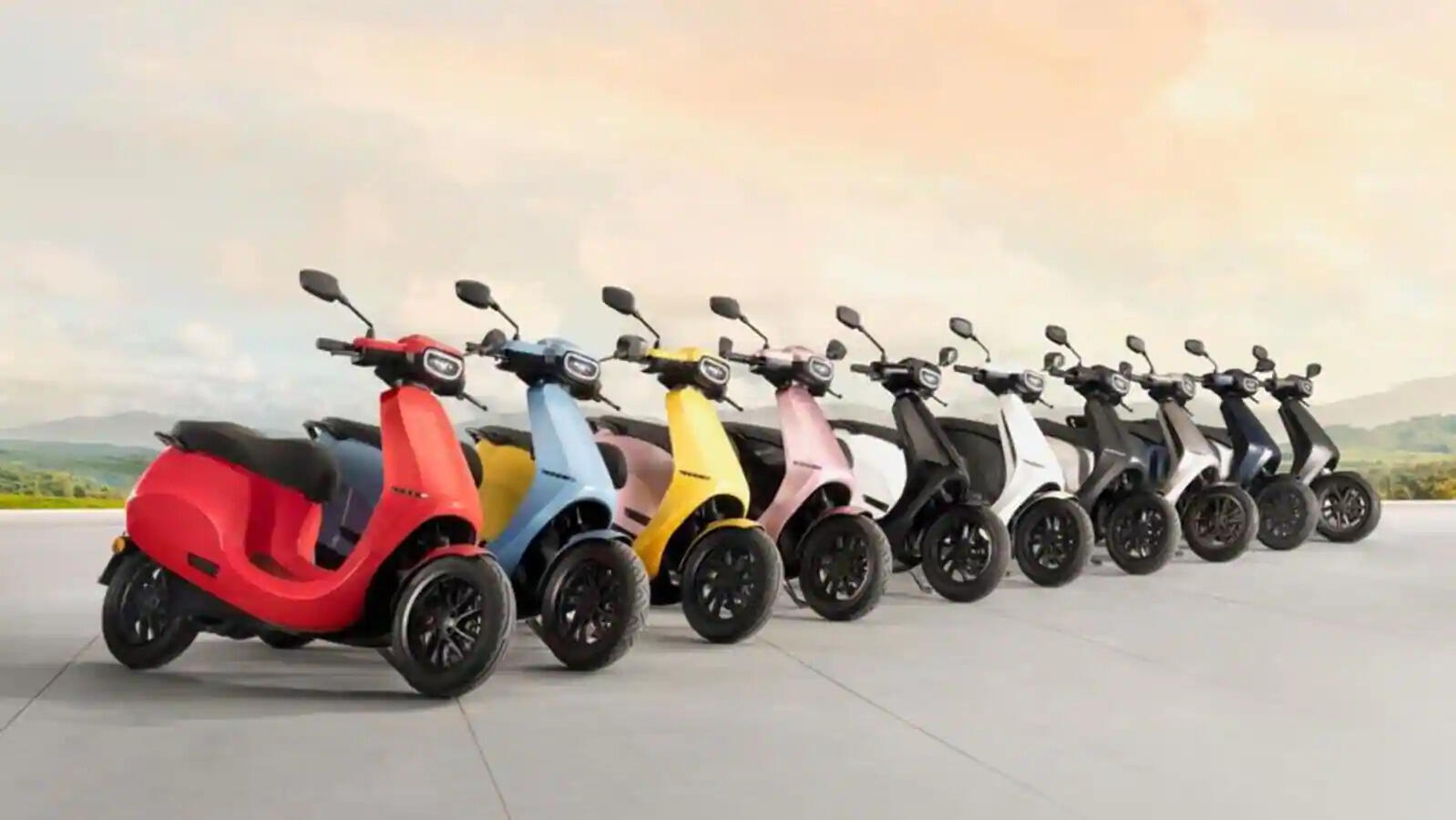
Electric vehicle (EV) maker Ola Electric will also manufacture commercial vehicles along with two-wheelers and cars, co-founder Bhavish Aggarwal said.
“…motorbikes, scooters, small and light vehicles have all been of interest to us and over the next 12 months you will hear a lot more announcements on these products,” Aggarwal said in a press conference on Thursday.
He said products will be launched at a higher frequency since the company had established its core technology.
“There are teams working on cars, two-wheelers, there are teams working on commercial vehicles… same software, same cells, electronics is used across products,” Aggarwal said.
“We had a clear vision from Day One; we use our technology as our platform and in the next few months you will appreciate the power of the technology platform as products get announced in much more quick succession,” he said.
Aggarwal said the company will soon start generating profits from its two-wheeler business and it will re-invest the profits into these newer products.
The company, he added, is the most capital efficient among competitors, especially because it does not run on a dealership model.
“We don’t do much advertising spending, you won’t see us sponsoring the Indian cricket team,” said Aggarwal. “We would be the highest investor in R&D as a percentage of revenue. Soon our investment into R&D will cross all our competitors combined, and the investment into R&D will only compound year on year.”
On plans to make its own battery cells, Aggarwal said that the company was on track to achieving its goal of starting manufacturing by the end of 2023.
He said that Ola Electric is currently the largest consumer of lithium-ion battery cells in the country and that there would be huge in-house demand, and once this is met, the company may explore selling its cells to other Original Equipment Manufacturers.
In the coming year, the company will expand to markets outside India like Europe and Latin America, Aggarwal said, adding that it was in the process of setting up distribution in some of the countries. He did not provide further details.
Aggarwal said the company wants to be the largest EV maker in the world.
“Traditionally, these segments were dominated by the Japanese in the ICE era,” he said. “We had Toyota, Yamaha, Hyundai, Honda, Kawasaki, Nissan…the Japanese have not aggressively adopted EVs, and the world is moving towards EVs. In today’s era, when India’s economy is growing, it should be an Indian company that should be the leader of the world in the EV segments.”
Ola Electric’s sales, which took a blow after a fire incident involving one of its scooters in March, has improved significantly. It has topped the charts in the last four months, and it is expected to be the top seller in December as well.
Aggarwal said that the S1 line – starting from cheapest S1 Air to S1 Pro – will be the most-sold scooter in India next year, beating Honda’s Activa.
The company is rolling out the updated version of its software MoveOS 3.0 to all customers. It will include features like proximity unlock, hill hold, themes for the odometer, profiles among other features, which were promised during the scooter’s unveiling in August 2021.
Also Read:

